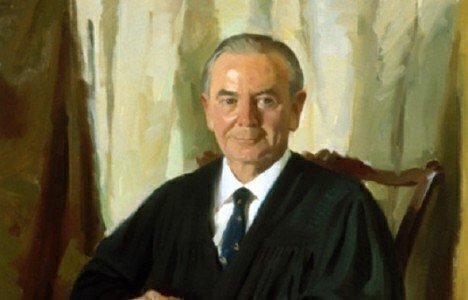Today is the anniversary of one of the most important decisions in Supreme Court history that affected the civil rights movement and defined the free speech powers of the press: the case of the New York Times v. Sullivan.

On March 9, 1964, a unanimous Supreme Court said public officials in defamation cases against the press needed to prove actual malice or “knowledge that [a statement made] was false or with reckless disregard for the truth.”
In a world before the New York Times decision, the press had limited legal protections against libel and slander lawsuits, especially those launched by public officials who didn’t like negative press coverage.
The case began in March 1960, when the New York Times ran a full-page advertisement paid for by civil right activists that offered support for Dr. Martin Luther King, Jr., and the civil rights struggle in Alabama.
The advertisement openly criticized the police department in the city of Montgomery, Alabama for its treatment of civil rights protestors, and it also included several inaccurate statements.
The police commissioner, L. B. Sullivan, took offense and sued the New York Times in an Alabama court, as part of an effort launched in Alabama to file numerous suits against the newspaper.
Sullivan’s lawyers argued that the ad damaged his reputation, and he had been libeled. An Alabama court ruled in favor of Sullivan, and after losing an appeal in the Supreme Court of Alabama, the Times took its case to the Supreme Court, saying that the ad was not meant to hurt Sullivan’s reputation and the newspaper was protected under the First Amendment.
A unanimous Court ruled in favor of the Times, saying the right to publish the statements was protected under the First Amendment.
In issuing this new standard for defamation lawsuits brought by public officials, the Court and Justice William Brennan effectively shifted the burden of proof from the accused to the accuser. Another decision in 1967, Curtis Publishing Company v. Betts, extended the actual malice standard to other public figures who were not public officials.
Since then, the concept of actual malice has been debated in the courts, but the press enjoys much wider freedoms that in did before the New York Times decision to report on the news without the threat of a lawsuit related to every story.






